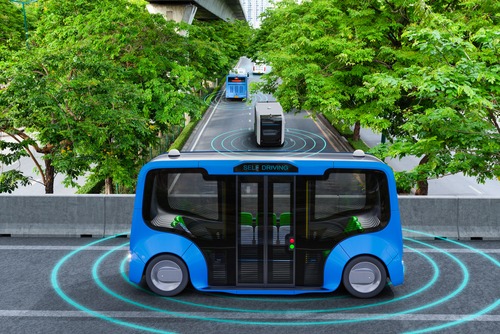
Mass transit authorities must examine how autonomous vehicle technologies will affect the operation of and the workforce driving public transportation, according to a policy brief by Traffic21, a transportation research institute at Carnegie Mellon University.
The technology is not likely to replace the workers behind the wheel in the near future. Still, officials and policymakers should consider the safety of incorporating automation technologies into fleets and training operators to work effectively with these systems, Traffic21 said.
“Autonomous driving tools such as pedestrian warnings and lane-centering have the potential to improve the safety and workload of public transit operators, but only if these technologies are integrated properly,” Sarah Fox, Human-Computer Interaction Institute assistant professor and a Mobility21 University Transportation Center researcher, said. “Automation can create new kinds of safety issues and can intensify work. Transit authorities need to examine the potential for changes now.”
The brief, How To Make Sense of Bus Transit Automation? Considerations for Policymakers on the Future of Human-Automation Teaming in the Transit Workforce, outlines automation in public transportation, discusses the challenges and benefits, and offers policy recommendations for federal officials.
Several autonomous public transit pilot projects have tested the feasibility of driverless transportation, but transit buses and vans will likely continue to need human operators.